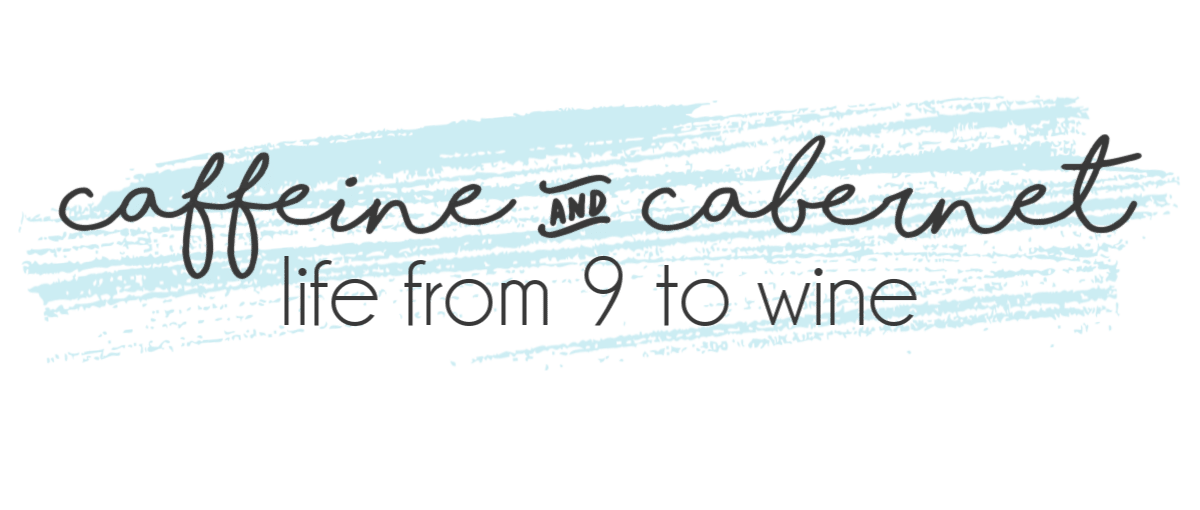Several of you asked for information about Joshua’s visit with the occupational therapist, specifically his diagnosis.
Here’s the thing: We don’t have one.
When I spoke to his pediatrician and asked her about the evaluation process, she informed me that the American Academy of Pediatrics has removed Sensory Processing Disorder from its diagnostics, which meant they wouldn’t evaluate him for something they couldn’t technically diagnose him with.
However, our insurance plan doesn’t require a referral to see specialists, so I called up the occupational therapy group and made an appointment. But occupational therapists can’t really give a diagnosis. They just treat what they see.
(I mean, sure, they can give a diagnosis, but they aren’t medical doctors, so it’s not a medical diagnosis.)
I pretty much don’t care if he has a diagnosis or a label or a term for whatever it is that is giving him trouble so long as someone can help him with it, you know? So this is fine for me.
Here is some of what we see when he tries to eat new or different foods:
- fear
- anxiety
- gagging
- crying
- refusal, both polite and impolite
Joshua will often say something like “Mmmm. Watermelon is yummy! I don’t like it!” (After Wednesday, what I think he meant was that it smelled good but he was afraid to eat it.) When he finally does try a bite of the new food, he grimaces and gags his way through the bite and will often proclaim that it tasted great! Hooray! So eat more of it! Except no.
Here’s why.
What the OT found when she evaluated him was:
1. His gag reflex is further up than other kids his age.
The gag reflex is a natural defense mechanism against choking. When the mouth senses choking danger, the tongue falls back into the throat to stop you from choking.
Using a little sponge on a stick (a “lollipop”) the OT played around in Joshua’s mouth to test his sensory thresholds. Could he handle the sponge in his jaws, on his teeth, on this tongue?
In the average person, the gag reflex doesn’t “activate” until about 3/4 of the way to the throat. Joshua’s gag reflex kicks in about half way back. It’s not hugely significant, but it is something that we can work on to help him be able to tolerate different textures.
2. He drools a lot.
He’s always drooled a lot. I thought he would never stop coming home with soaking wet shirts and wondered whether learning to swallow his spit was something I was supposed to teach him. I’ve been told by dentists that I have “excessive saliva” so I really just thought this was an unfortunate trait he inherited from me. And maybe it is.
3. He has below average muscle tone in his face and upper body.
The drooling was actually an indicator of this. Then she watched him chew and noticed that he doesn’t really use his back teeth as often as he could or should. The theory here is that over time he’s learned that foods that require chewing with the molars tires his jaw so he avoids those foods. Those foods are also chewed near the threshold for his gag reflex so these two things are hand in hand for creating some of his picky eating.
All of his sensory and muscle tone issues are very mild in nature according to the OT. There’s a good chance that several of them would work themselves out over time, but I don’t want to wait for that to happen if I know that I can help him now, you know? So, we’re moving forward with therapy. I’ll talk more about what we’re doing to help him in another post.
If you have individual questions, I’m happy to answer them, but with the disclaimer that EVERY KID IS DIFFERENT. While there may be similarities between kids and their experiences, the issues and causes and solutions may not be the same at all. I’m new to this world, so I may not have the answers. But if you’ve struggled with your child and issues that seem beyond your ability to explain or understand, you’re not alone.
